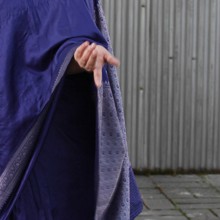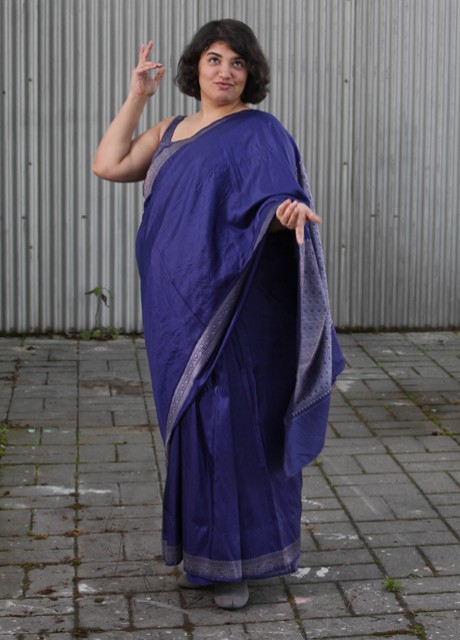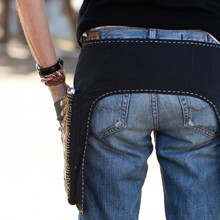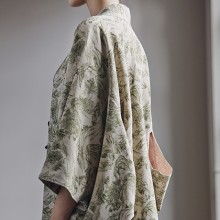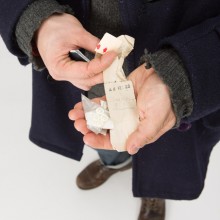
Garment Co-operation
Some garments require a wearer's involvement for them to work well on the body. Others act together differently: using physical form and structure to co-operate with life. They aid and abet and mould our world.
Sari Lesson
"This is the sari [in which] I actually learned how to tide a sari. Dressing in a sari is always something that you preferably do in front of a full-length mirror with an army evolved (laughs). And I always relied on either my mom or my sister like "can you please wrap it around?”, “My pleats aren't coming out right" or whatever. There was this one day that I was running late to go somewhere and they said “You know what? This time you are on your own. Do it”. So two and a half hours later I showed up at the place (laughs). I had my Sari on, it was an accomplishment and a half. And of course there are little things that you do need help with, to see if the pleats are right, or pinning it up at the back. But for the most part, I was up and walking in it, and I didn't fall it off as soon as I stood.
Saris makes you stand up [straight] for sure. And you definitely put on heels - hats off to anybody who can walk in a sari without heels (laughs) - you need the extension, and it makes it more elegant when it’s draped down. I think it gives you a lot of confidence, and I think that one of the things with the sari is that for the most part it’s a forgiving garment. And flattering. So you can be pretty much any size and just carry it of well, as long as you can carry yourself in it."
Vancouver - January 2013
Photograph by
Jeremy Calhoun






